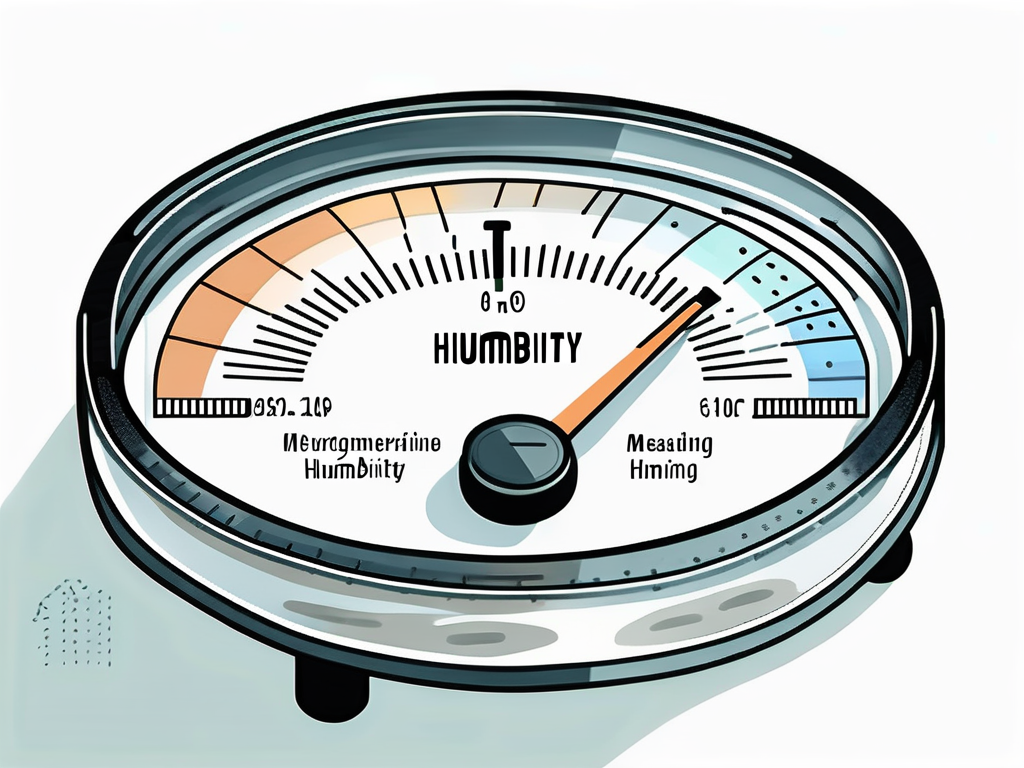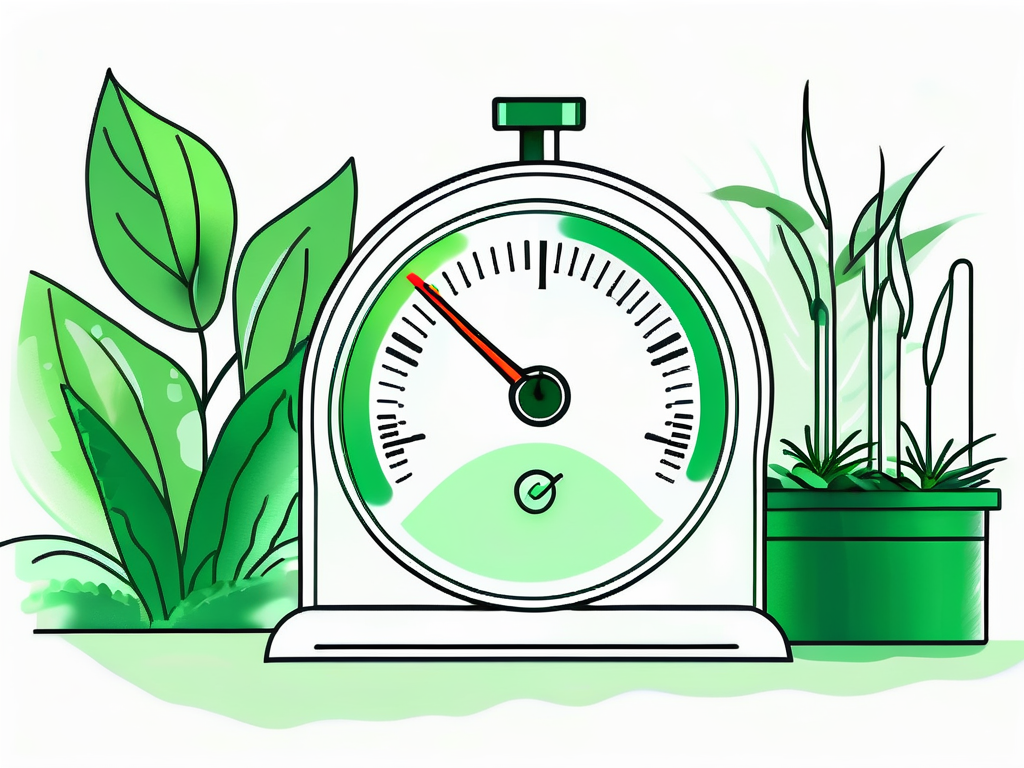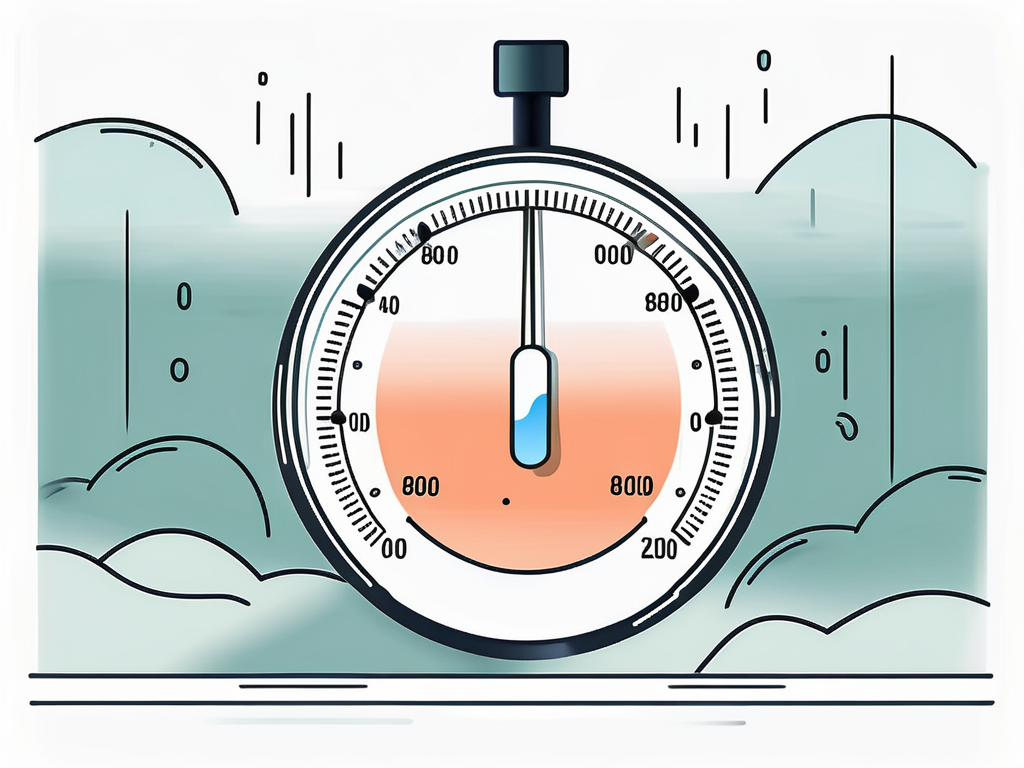The hygrometer is an essential tool in the field of humidity control, providing accurate measurements of moisture levels in the air. This instrument plays a critical role in various industries, from meteorology to HVAC systems, and even in our homes. Understanding how a hygrometer works and its applications can help us better control and adjust humidity levels to create more comfortable and healthier environments.
Humidity control is a crucial aspect of maintaining indoor air quality and comfort. It involves managing the amount of moisture present in the air, which can significantly impact our health, comfort, and the durability of our homes and buildings. Too much or too little humidity can lead to various problems, such as respiratory issues, dry skin, and damage to building materials. Therefore, having a reliable tool like a hygrometer to measure humidity levels is vital.
Understanding Hygrometers
A hygrometer is a device that measures the amount of humidity or moisture in the air. It does this by assessing various properties of the air that change with humidity, such as temperature, pressure, mass, or the mechanical or electrical changes in a substance as moisture is absorbed.

Hygrometers come in various types, each with its unique method of measuring humidity. These include psychrometers, dew point hygrometers, capacitive hygrometers, resistive hygrometers, and gravimetric hygrometers. Each of these hygrometers has its advantages and disadvantages, and their use depends on the specific requirements of the task at hand.
Psychrometers
Psychrometers, also known as wet-and-dry-bulb thermometers, are among the simplest types of hygrometers. They consist of two thermometers, one with a wet bulb and the other with a dry bulb. The difference in the readings between the two thermometers is used to determine the relative humidity.
The principle behind the psychrometer is that evaporation causes cooling. When the air is not saturated with moisture, water will evaporate from the wet bulb, cooling it down and causing it to show a lower temperature than the dry bulb. The greater the difference in temperature, the lower the relative humidity.
Dew Point Hygrometers
Dew point hygrometers, also known as chilled mirror hygrometers, measure the dew point of the air, which is the temperature at which the air becomes saturated and dew begins to form. This type of hygrometer includes a mirror that is cooled until dew begins to form on it. The temperature of the mirror at this point is the dew point, which can be used to calculate the relative humidity.
Dew point hygrometers are known for their accuracy and are often used in laboratories and industrial applications where precise humidity measurements are required. However, they are more complex and expensive than other types of hygrometers.
Applications of Hygrometers
Hygrometers have a wide range of applications in various fields. They are used in meteorology to help forecast weather, in HVAC systems to maintain comfortable and healthy indoor air quality, in greenhouses to ensure optimal growing conditions for plants, and in industrial processes where humidity control is critical.

In our homes, hygrometers can help us maintain the right humidity levels for comfort and health. For instance, in dry climates or during winter, when indoor air can become very dry due to heating, a hygrometer can alert us when we need to use a humidifier. Conversely, in humid climates or during summer, it can tell us when we need to use a dehumidifier or air conditioner to reduce humidity.
Meteorology
In meteorology, hygrometers are used to measure humidity in the atmosphere, which is a critical factor in weather forecasting. Humidity affects the formation of clouds, precipitation, and fog, and influences temperature and wind patterns. By measuring humidity, meteorologists can better predict weather conditions and changes.
Hygrometers used in meteorology need to be highly accurate and able to withstand harsh weather conditions. They are often combined with other instruments, such as thermometers and barometers, in weather stations to provide comprehensive data on weather conditions.
HVAC Systems
In heating, ventilation, and air conditioning (HVAC) systems, hygrometers play a crucial role in maintaining indoor air quality and comfort. HVAC systems often include humidity sensors that measure the moisture level in the air and adjust the system’s operation accordingly.
For instance, if the air is too dry, the system can add moisture through a humidifier. If the air is too humid, it can remove moisture through a dehumidifier or by cooling the air, which causes moisture to condense and be removed. By controlling humidity, HVAC systems can create a more comfortable and healthier indoor environment.
Understanding Humidity
Humidity refers to the amount of water vapor present in the air. It is usually expressed as a percentage, known as relative humidity, which is the ratio of the current absolute humidity to the maximum absolute humidity (the amount of moisture the air can hold at a given temperature).
Understanding humidity is essential for many reasons. It affects our comfort, health, and the performance of various processes and equipment. For instance, high humidity can make hot weather feel hotter, as it reduces the effectiveness of perspiration to cool the body. Low humidity can cause dry skin and respiratory problems, and can cause wooden furniture and structures to shrink and crack.
Relative Humidity
Relative humidity is the most commonly used measure of humidity. It is expressed as a percentage and indicates how much moisture the air is holding compared to the maximum amount it could hold at the current temperature. For instance, a relative humidity of 50% means that the air is holding half of the moisture it could hold at the current temperature.
Relative humidity is temperature-dependent. As the temperature increases, the air can hold more moisture, so the relative humidity decreases, even if the amount of moisture in the air remains the same. Conversely, as the temperature decreases, the air can hold less moisture, so the relative humidity increases.
Absolute Humidity
Absolute humidity is the measure of the actual amount of moisture in the air, regardless of the temperature. It is usually expressed in grams of water vapor per cubic meter of air.
Absolute humidity is not commonly used in everyday applications, as it does not give an indication of how humid it feels to humans. However, it is important in certain scientific and industrial applications where the actual amount of moisture in the air is critical.
Maintaining Optimal Humidity Levels
Maintaining optimal humidity levels is important for comfort, health, and the preservation of buildings and materials. The ideal humidity level for most indoor environments is between 30% and 50%. Below this range, the air can become uncomfortably dry, leading to dry skin, irritated eyes, and respiratory problems. Above this range, the air can become uncomfortably humid, leading to a feeling of stuffiness, increased perspiration, and the growth of mold and mildew.
Hygrometers can help us monitor and control humidity levels. By providing accurate and timely information on humidity levels, they allow us to take action to adjust humidity, such as using a humidifier or dehumidifier, adjusting the operation of an HVAC system, or simply opening or closing windows.
Using a Humidifier
A humidifier is a device that adds moisture to the air, increasing the humidity level. It is often used in dry climates or during winter, when indoor air can become very dry due to heating. A humidifier works by releasing water vapor or steam into the air. There are several types of humidifiers, including evaporative, ultrasonic, and steam vaporizer humidifiers.
When using a humidifier, it is important to monitor the humidity level with a hygrometer to avoid over-humidifying the air, which can lead to condensation on windows and walls, and the growth of mold and mildew. It is also important to clean the humidifier regularly to prevent the growth of bacteria and fungi in the device.
Using a Dehumidifier
A dehumidifier is a device that removes moisture from the air, reducing the humidity level. It is often used in humid climates or during summer, when indoor air can become very humid due to high outdoor humidity or the use of air conditioning. A dehumidifier works by drawing in air, cooling it to condense the moisture, and then reheating and releasing it back into the room.
When using a dehumidifier, it is important to monitor the humidity level with a hygrometer to avoid over-dehumidifying the air, which can lead to uncomfortably dry air and problems such as dry skin and respiratory issues. It is also important to empty and clean the dehumidifier regularly to prevent the growth of mold and bacteria in the device.
Conclusion
In conclusion, hygrometers are essential tools in humidity control, providing accurate measurements of moisture levels in the air. They have a wide range of applications, from meteorology to HVAC systems, and in our homes. By understanding how hygrometers work and how to use them, we can better control and adjust humidity levels to create more comfortable and healthier environments.

Humidity control is a crucial aspect of maintaining indoor air quality and comfort. It involves managing the amount of moisture present in the air, which can significantly impact our health, comfort, and the durability of our homes and buildings. Therefore, having a reliable tool like a hygrometer to measure humidity levels is vital.




